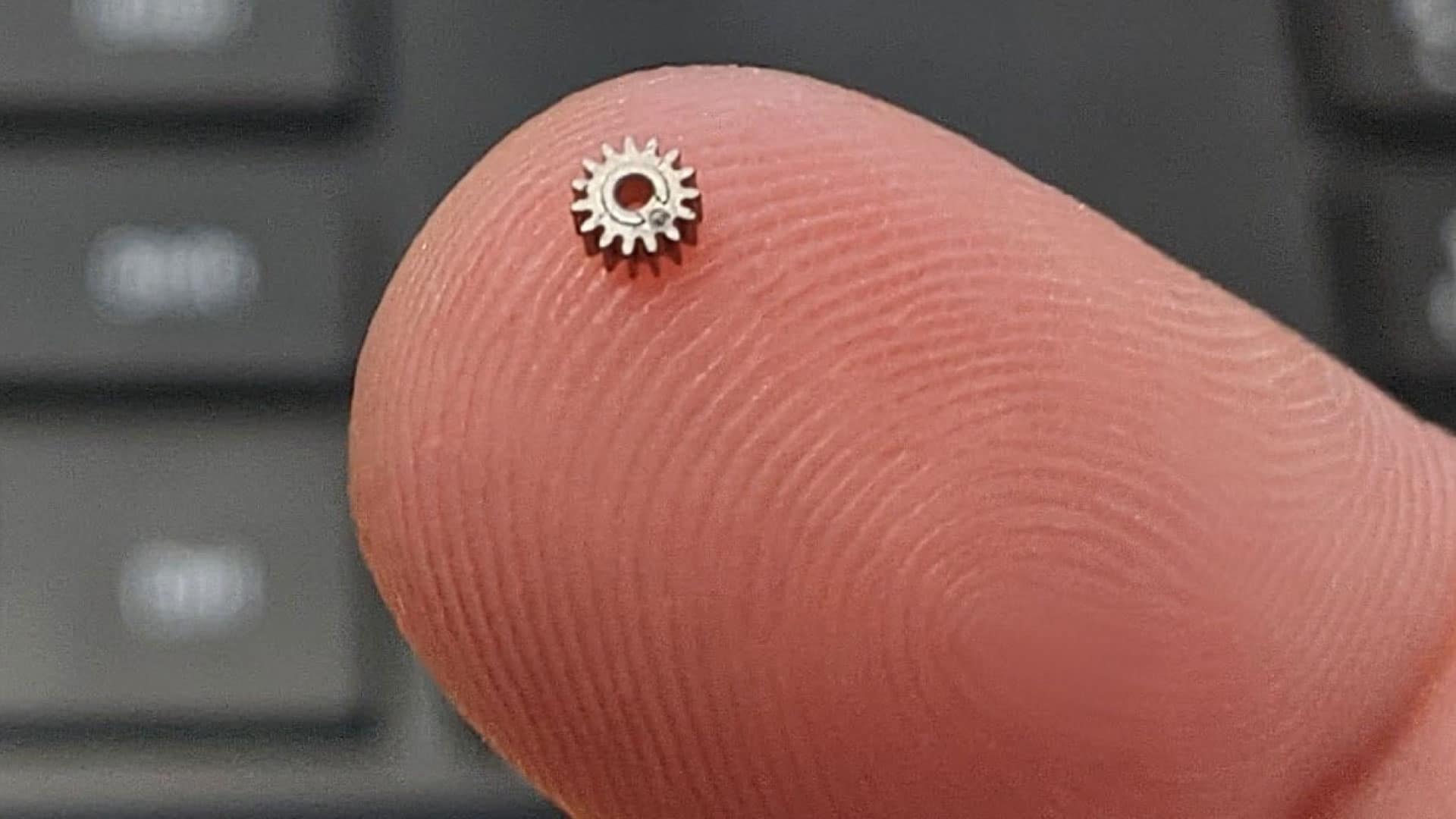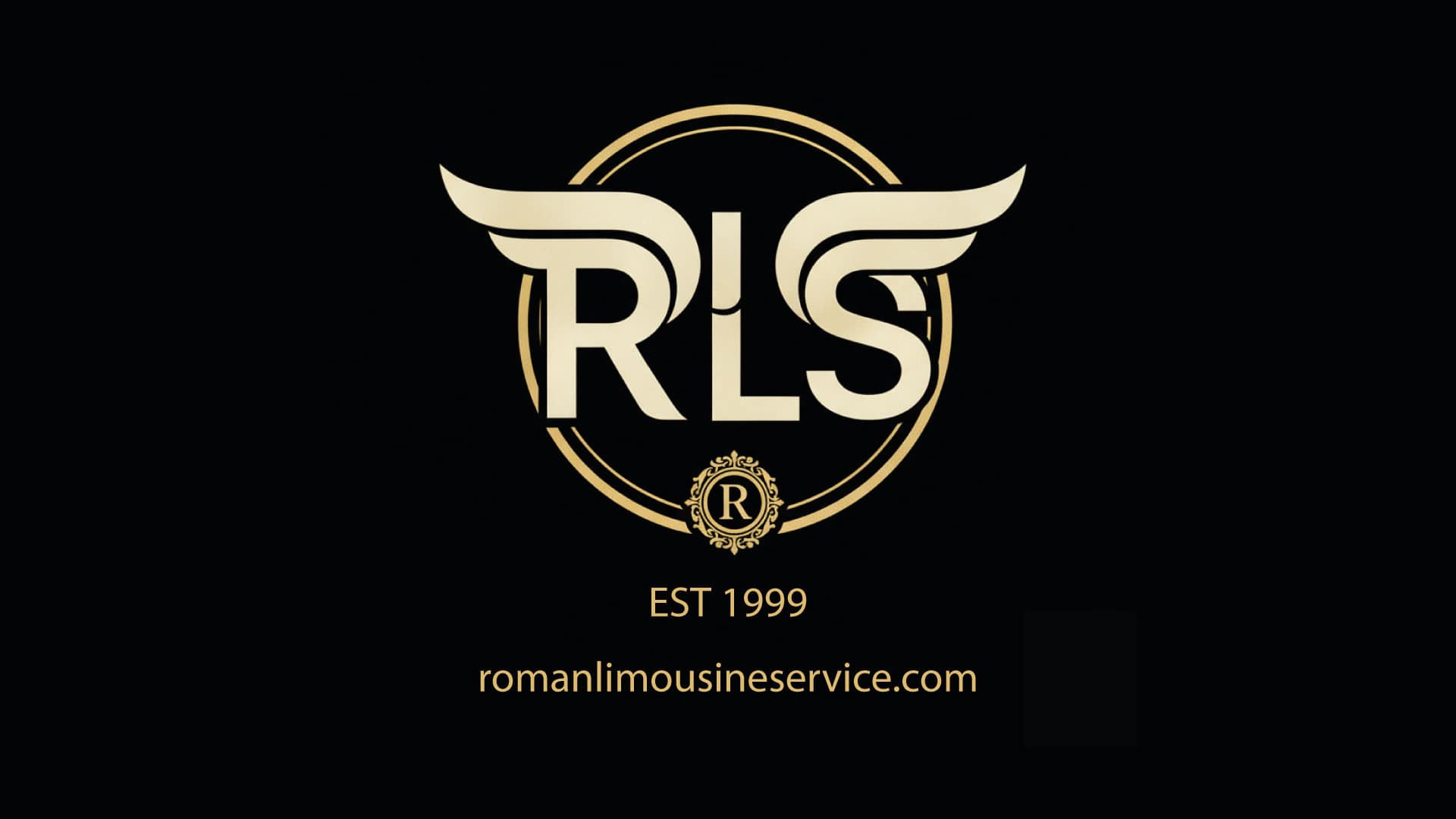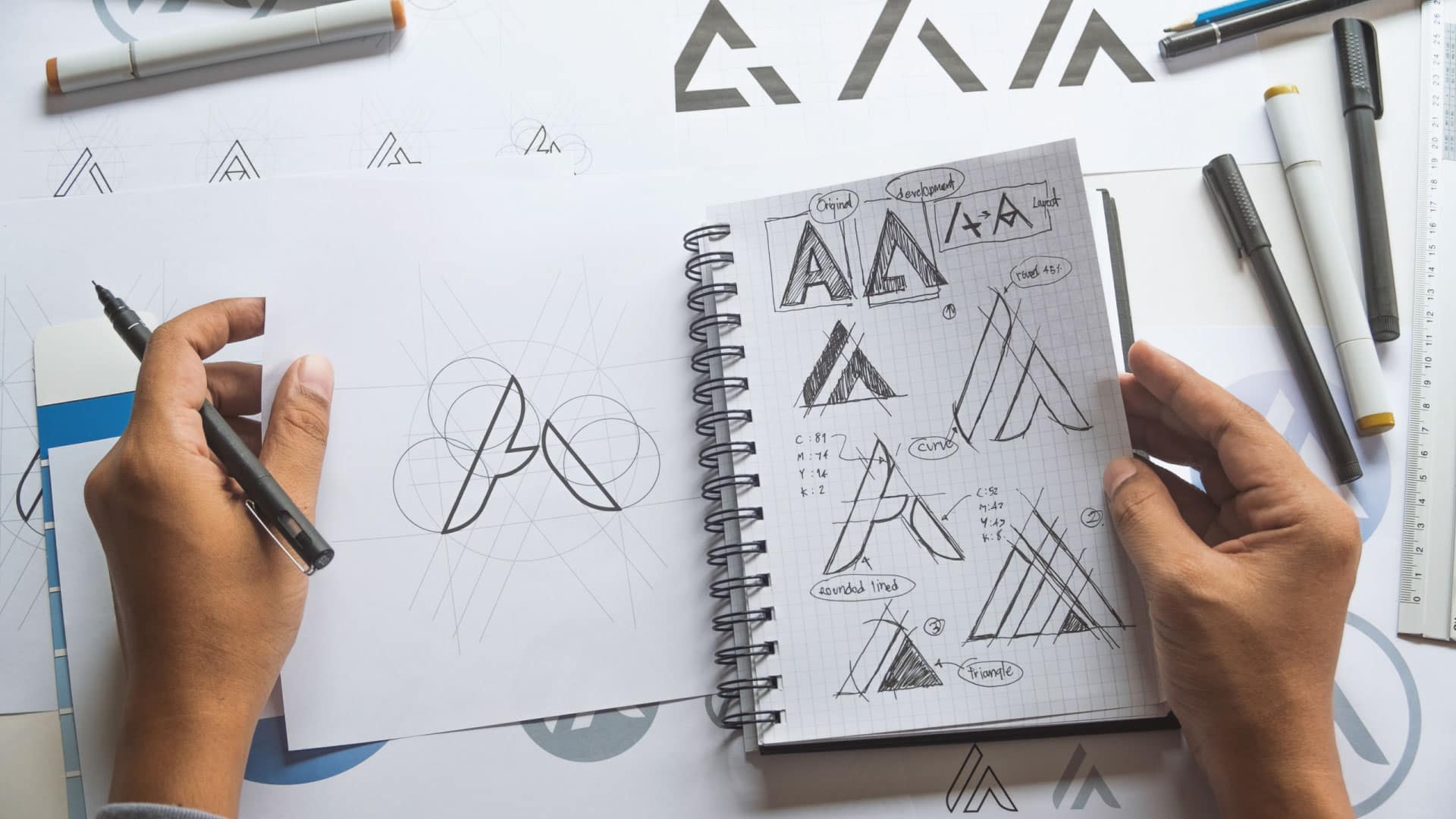Understanding the Transformative Role of Medical Injection Molding in Healthcare
In the ever-evolving landscape of healthcare, I find myself intrigued by how technologies adapt to address emerging challenges. One particularly striking advancement is medical injection molding, a manufacturing process that has significantly reshaped the way medical devices are produced, impacting patient care in astonishing ways. This method not only facilitates the creation of complex medical instruments but also serves as a cornerstone for innovation in healthcare solutions. As we explore the myriad uses of medical injection molding, I’ll share insights into its transformative potential and how it’s likely to influence the future of healthcare.
Customization at Its Best: Creating Tailored Medical Devices
One of the standout features of medical injection molding is its ability to produce highly customized medical devices that meet specific patient needs. I understand that the precision offered by this technology allows manufacturers to craft devices with complex geometries and detailed specifications. Whether it’s prosthetics tailored to individual anatomical requirements, surgical tools designed for precise functions, or implantable devices that integrate seamlessly with the human body, the capability to tailor products is unparalleled. This customization isn’t just about aesthetics; it plays a crucial role in improving the overall effectiveness and comfort for patients. The advancements in manufacturing techniques enable the production of surgical instruments that enhance the capabilities of healthcare providers, ultimately resulting in better patient outcomes. The significance of these components cannot be understated, as they form the backbone of modern medical practices, enhancing the quality of care delivered worldwide.
Fostering Durability Through Material Innovation
An equally important aspect of medical injection molding is its focus on the longevity and durability of medical devices. I’ve noticed that the choice of materials used in the injection molding process is pivotal in determining the device’s performance over time. Manufacturers can select materials carefully based on characteristics like biocompatibility, strength, and flexibility. This attention to material selection ensures that medical devices not only withstand the rigors of daily use but also perform safely and efficiently in challenging environments. The use of specialized polymers and composites has resulted in devices that maintain their integrity and functionality, significantly extending their operational lifespan. For healthcare providers, this means less frequent replacements, lower operational costs, and uninterrupted patient care. It’s remarkable how the interplay between innovative manufacturing techniques and material science is revolutionizing the reliability of medical instruments.
The Efficiency of Modern Manufacturing
Efficiency is a key concern for healthcare providers, especially in an era marked by resource constraints and rising demands. Medical injection molding has emerged as a beacon of cost-effectiveness in this regard. I find it fascinating how this manufacturing process streamlines production and minimizes waste, allowing for high-volume output with remarkably low defect rates. The repetitive cycle times characteristic of injection molding, combined with automation, translate into substantial cost savings for manufacturers. This efficiency not only lowers the cost of medical devices but also enhances their accessibility to healthcare providers and patients alike. Moreover, the quick turnaround times inherent in this method enable rapid responses to changing market needs, whether that means scaling up production of essential devices or adjusting designs based on user feedback. All these elements combine to create a manufacturing ecosystem that is both responsive and responsible.
Prioritizing Patient Safety: A Cornerstone of Manufacturing Excellence
In the healthcare sector, patient safety takes precedence above all else, and medical injection molding has proven to be vital in ensuring that safety standards are met. The manufacturing process itself incorporates rigorous quality control measures, from the selection of raw materials to the final inspection of finished products. I see the value in how this proactive approach allows manufacturers to comply with stringent regulatory requirements, fostering trust in the products available to healthcare providers. By ensuring that devices are manufactured under controlled conditions and adhering to strict safety guidelines, injection molding plays a critical role in delivering reliable products that healthcare professionals can depend upon. The trust placed in healthcare technologies directly correlates with the commitment of manufacturers to uphold quality and safety throughout the production lifecycle. This aspect highlights the critical junction at which manufacturing practices meet ethical responsibility, laying the groundwork for advancements that enhance patient well-being.
Embracing Innovation: The Integration of Advanced Technologies
The landscape of medical injection molding is continually enriched by the integration of advanced technologies. I find the capabilities brought about by innovations like additive manufacturing and micromolding particularly fascinating. These techniques allow for the prototyping of personalized medical devices and the precision fabrication of intricate components, such as microfluidic devices, which are crucial for diagnostics. The advancements in micro molding specifically open up new avenues for medical applications, especially in drug delivery systems that require high precision and reliability. These technologies not only push the envelope in terms of what is possible in medical device design but also pave the way for breakthroughs that address unmet clinical needs. This ongoing fusion of technology and manufacturing not only excites me but also suggests a bright future for personalized medicine, emphasizing the significance of innovation in healthcare.
Unmatched Design Flexibility: Shaping Medical Solutions
Another compelling advantage of medical injection molding is its inherent design flexibility. I am astounded by the capacity to create diverse shapes, sizes, and characteristics that meet a wide array of healthcare applications. This flexibility allows manufacturers to explore designs that would be impossible to achieve through traditional production methods. From sophisticated catheters to complex component assemblies, the versatility of injection molding enables the realization of innovative product designs that cater to specific medical needs. This capability is vital in an industry where adaptability is crucial for addressing the unique challenges faced by patients and practitioners. The potential for intricate design not only fuels creativity in device development but also enhances functionality, ensuring that medical products are tailored to accommodate the complexities of healthcare delivery.
Sustainability in Healthcare: A Growing Concern
As we navigate conversations around sustainability, I recognize that manufacturing processes, particularly in healthcare, must evolve to address these pressing concerns. Medical injection molding is embracing sustainable practices that focus on using eco-friendly materials and optimizing production processes to minimize waste generation. The challenge lies in achieving a balance where quality and patient safety remain uncompromised while reducing environmental impact. Manufacturers are increasingly implementing strategies to recycle excess molded materials and utilize biodegradable options without sacrificing the performance of their products. This conscientious approach not only resonates with consumers but also reflects the industry’s commitment to a more sustainable future. In an era where healthcare must also consider its ecological footprint, the integration of sustainable practices in manufacturing is essential for advancing the sector responsibly.
Conclusion: The Future of Healthcare through Injection Molding
In reflecting on the transformative role of medical injection molding, it is evident that this technology is not a mere trend but a cornerstone for the future of healthcare. From fostering innovation in device design to enhancing patient care through longevity and safety, injection molding brings a plethora of benefits to the industry. Its capacity to embrace advanced technologies and integrate sustainable practices positions it at the forefront of medical manufacturing. As we continue to witness advancements in this field, I am optimistic that medical injection molding will unlock even more breakthroughs, facilitating the development of high-quality medical devices critical for effective patient care. The journey ahead promises exciting prospects as we collectively strive for excellence in healthcare delivery, ensuring that patient well-being remains our ultimate focus.
Discover More About Medical Injection Molding
If you’re as fascinated by the potential of medical injection molding as I am, let’s dive deeper into this transformative technology together. Contact me to explore how these advancements can revolutionize healthcare and improve patient outcomes. I’m eager to share more insights and discuss the future of medical manufacturing with you!









